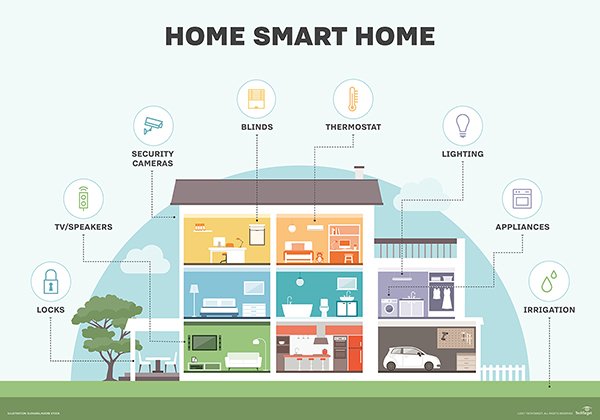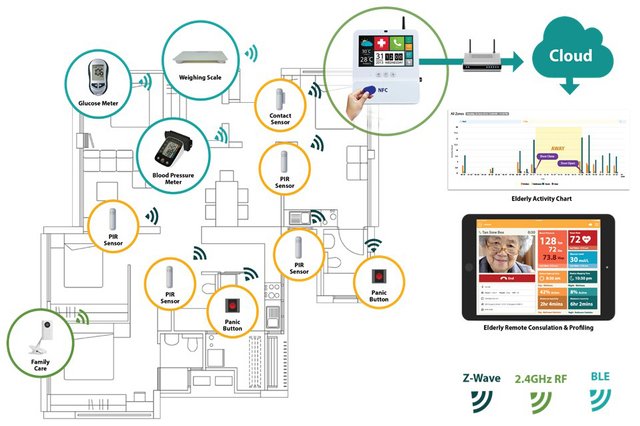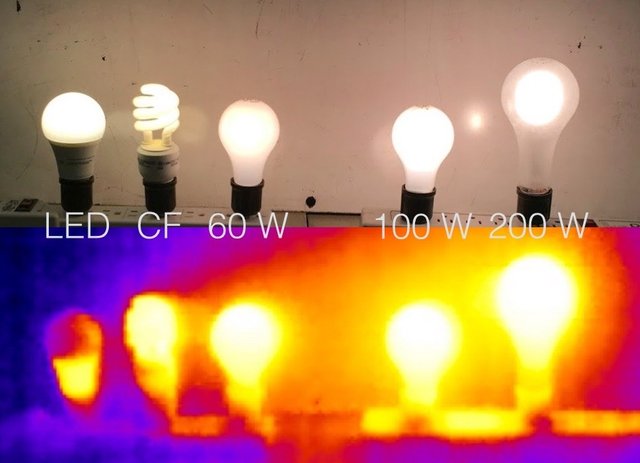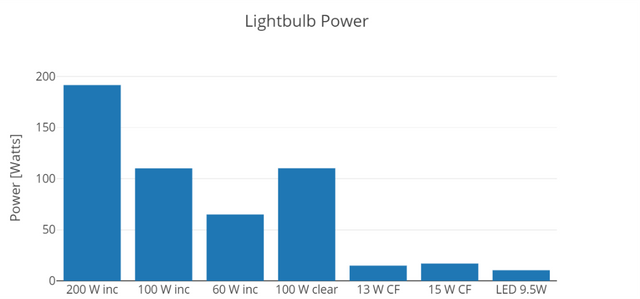How Tech Will Change Our Life? #1 Internet of Things - Smart Home Technologies
My previous post
Latest Tech Trends #1 Internet of Things - Connected Car
Based on the latest research in the US, 51% of consumers claimed that they are most excited about Smart Homes, which you have definitely heard of before:
Smart home technology, also known as home automation, provides homeowners security, comfort, convenience and energy efficiency by allowing them to control smart devices, often by a smart home app on their smartphone or other networked device. Source
The mission of Smart Homes is to provide comfort, safety and cost-efficiency. Imagine how your life would be if every device in your house were connected to each other and, more importantly, if you could control each device via your phone, including washers, driers, refrigerators, sensors, monitors, cameras, alarm systems, etc. Lights would automatically turn on as you enter a room.
Popular Smart Home Technologies
So let's take an in depth look into some of the technology being developed. Many tech giants have entered the market so far, including Amazon, Nest (an Alphabet company), Apple, August, and Philips.
Smart Lighting
Smart lighting can be a significant energy saver. By using smart LED's and dimming technology, you can cut down on energy at a ratio of 1:1; if you dim the LED by 25%, you reduce your energy consumption by 25%. This allows you to keep track easily, as well as using lighting that lasts 40,000 hours instead of 1,000 like the traditional bulbs.
12% of ultility costs go towards lighting on average, largely because incandescent bulbs release a lot of waste heat. LED's have a 90% reduction in heat loss while maintaining the same brightness, and could potentially save $250 billion in the USA if used nationwide.
Now, companies like Phillips have launched a smart lighting system which can detect people when they are in/out the room and adjust lighting accordingly. They can also regulate their activity according to daylight availability, significantly reducing energy from wasteful habits of lazy people.
This can be extended to the city scape in general. Street lamps are furiously wasteful, with millions of streets lit up by street lamps with barely a single passer by to appreciate it.
To combat this, SSL technology (Smart Street Lighting) was born. Basically, this is a framework of smart technology which switches lighting on and off based on locations of populations and 'safe' or 'fear' zones. To work effecetively, this technology actually makes use of your location information from your phone, so individuals get a personal lighting experience as they walk home to their personally lit homes.
If homes were regulated and dimmed with low-energy, long living LED bulbs, and the streets adopt a personalised, low cost, custom lighting for streets, the savings to the economy would explode and the carbon footprint would be unimaginably reduced.
But how else can we make use of smart detection systems?
Smart Home and Health Care Technologies

While most of people are excited about remote management technologies, there are incredible Smart Home technologies which have brought home healthcare to the next level. Not only the technologies will help to improve the quality of life of elderly people, especially those who live alone but also help people who are suffering chronic diseases such as asthma, diabetes and heart diseases.
In the future, not only wearable devices but also sensors and devices around the house can detect and send information to your hospital, doctors, caregivers, family members, insurance companies instantly when unusual things happen.
CarerNet, a project in the United Kingdom, deploys various telecare and “hospital at home” offer various functions: collecting physiological data, determining the patient’s lifestyle through different types of sensors and environmental awareness with devices around the house. For example, the magnetic contacts on the entrance doors can detect when the residents enters or leaves their house or temperature sensor can track the ambient temperature. Based on observations of the resident’s lifestyle, in case of abnormality, the smart house triggers an alarm.

This smart house project from Japanese researchers may impress you:
The smart house of Dr. Matsuoka, based in Osaka, automatically detects unusual events that may be caused by disease or an accident through its 167 sensors. Seventeen electrical appliances are also fitted with sensors (refrigerator, TV set, rice cooker, air conditioning, etc.). Each sensor is associated with one or more activities: getting up, going to bed, preparing meals, having a wash, working in an office, and so on. Matsuoka uses a two-step method to translate the raw sensor signals into behavioral data. Each time-segment of sensor data is to be associated with one of a limited number of living states, and the similarity of series in the same category is evaluated.
As smart technology increases, their applications increase exponentially. From a mildly convenient system of turning lights on and off with our phones, we can see that hundreds of billions of dollars can be saved and wasted energy and materials can be reduced worldwide. Lives can be saved by the same sensory technology in the comfort of our own efficient homes.
In the future your smart home energy units can even store and sell energy to the city's smart grid. Let's talk more about Smart Cities in the next post :)
Source Techtarget | SMFX | Emeraldinsight


Being A SteemStem Member
superb info. from latest updates, I have come to know in our country "Pakistan" 31% of people using Smartphones. a sudden increase happened.
interesting info, the number of smartphone users is increasingly day by day :)
Are you gonna talk about the tech stuff like raspberry pi's too ?
Oh actually I have not heard about it, I will search about it thanks